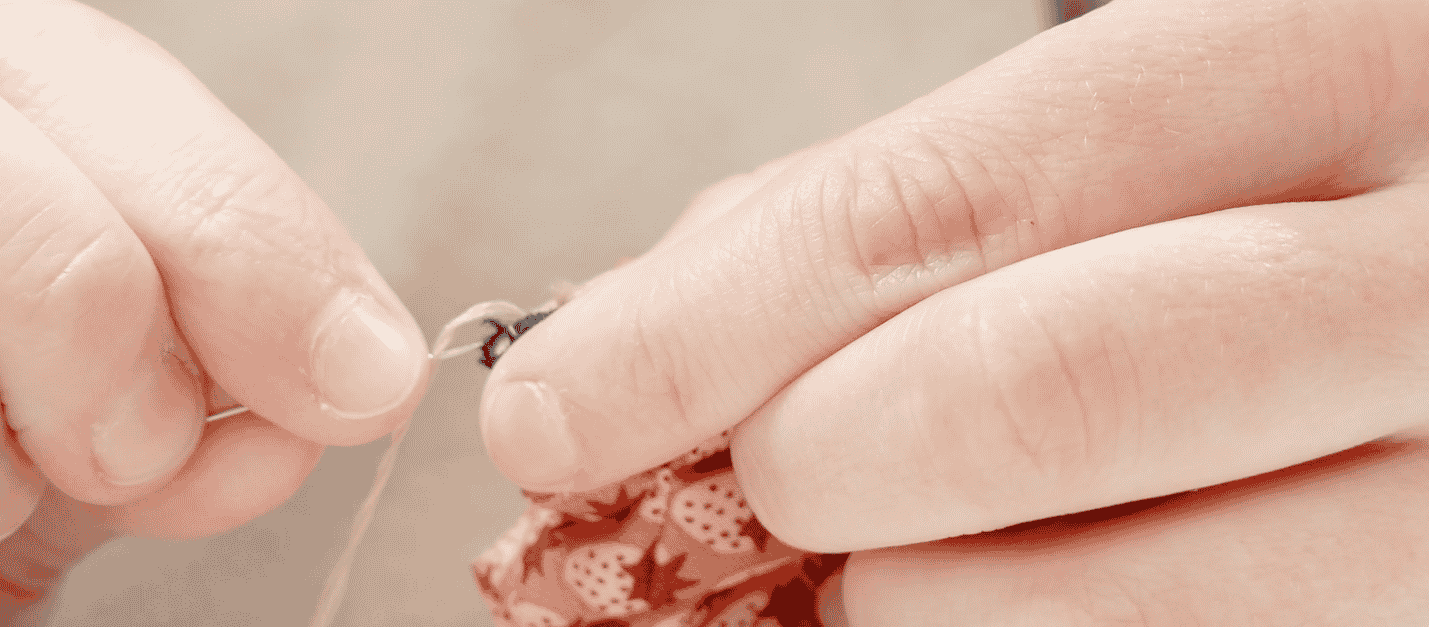
Hence, the (previously credible) voice telling me I’m at a dead end is silenced. That I’m on the path to success: there are four more words that start with G.To narrow my field of vision: looking for words that start with G will be fruitful.The new information-in this case about the number of words that start with the letter G-is telling me two things: This is a version of looking when know something is there (in the pantry, in your organization). Then, after a glance at the first table of ‘hints,’ and armed with the information that there are 7 words that start with the letter ‘G’ when I’ve only found three…it practically makes more ‘G’ words appear as if by magic. I can be absolutely stuck, having stared at the same seven letters for 5 minutes straight, sure that there are no words left that I can find. It is difficult to overstate how helpful the first table is. But when we do check out the hints, I try to look first at the top table and then, if I’m really at a dead end, I’ll look at the bottom list as well. Of these, per the next section of hints, 9 of the C words start with ‘CO’ and 2 start with ‘CU.’Īs a family, whenever we play, we try not to click on the hints. So, for example, for last Sunday’s puzzle there were (per the grid above) 11 words that started with C: one with four letters, two with five, two with six, three with seven, two with 9, and one with 10. and beneath that, (2) A list that tells you the first two letters of the words listed in the above table. It has hints for each day’s puzzle, and is divided into two sections: (1) A grid that shows the number of possible words and their length, listed by letter… Recently, the Times added a something called the Spelling Bee Forum. Also, there’s a Pangram every day, a word that uses all 7 letters. The rules are simple: make as many words as possible with the 7 available letters all words must be four or more letters long and all must use the middle letter at least once.

The game refreshes daily and we’ll typically spend 10-20 minutes playing it across all devices. Someone in our family does it nearly every day. Indeed, science is all around us, so use it to expand your child’s knowledge and interest.Lately, my family and I have gotten obsessed with Spelling Bee on the NYTimes Crossword. Or use household objects of varying weights for a lesson on gravity. Or visit an aquarium to learn more about life sciences.

From coloring pages for early learners that explain the moon’s various phases to complex texts that teach older kids about black holes and the chemical elements of nitrogen, our science worksheets help students become more proficient across all science disciplines.īeyond that, consider taking your child to the local planetarium so he can get up close and personal with astronomy. Our science worksheets, which span every elementary grade level, are a perfect way for students to practice some of the concepts they learn in school. And the best way to do that is to build his knowledge-both in the classroom and out. The key to building a well-rounded science student is to get him comfortable with every aspect of the subject. At the same time, he’s bound to encounter one that’s confusing and shy away from it.


There are so many facets to science that every child is bound to find one he enjoys and gravitate toward it. Biology, chemistry, physics, astronomy, geology.


 0 kommentar(er)
0 kommentar(er)
